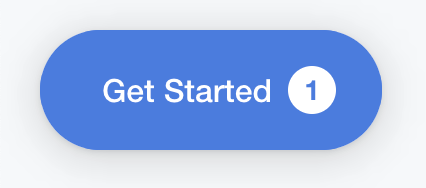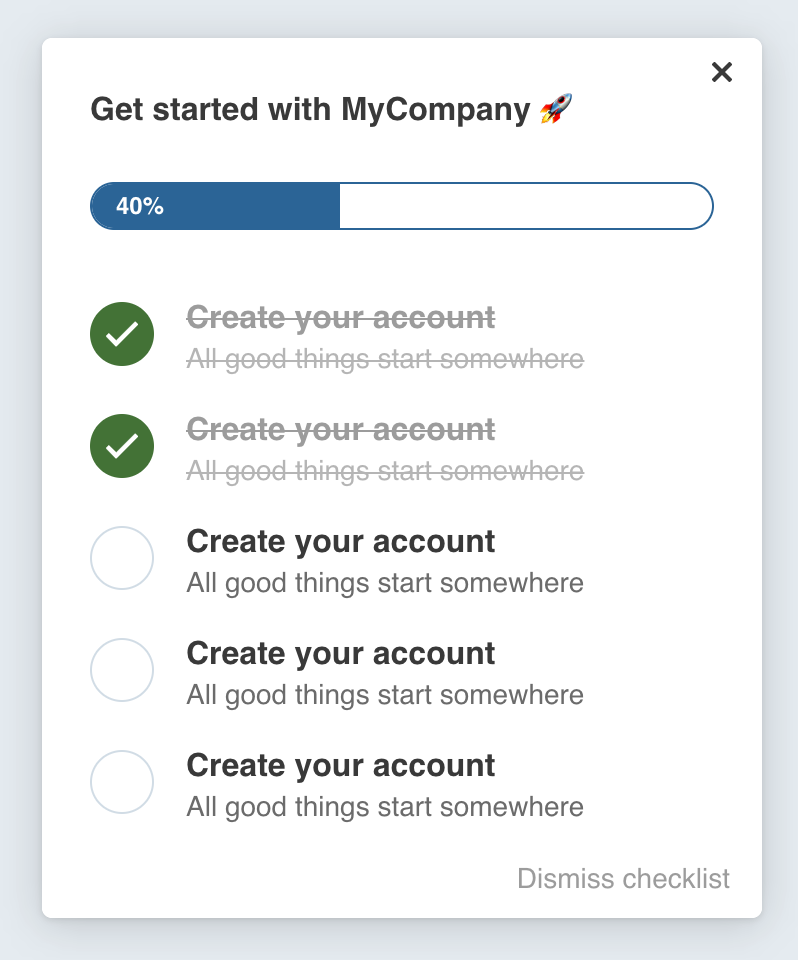Userflow now has a completely new URL pattern matching feature, which makes it much easier to match pages in your app.
Previously, you had 2 options for matching URLs: 1) Exactly match the full URL (the “is” option), which doesn’t work if part of the URL is dynamic, or 2) match just a fragment of it (the “contains” options), which means it could potentially match wrong URLs, too. If you wanted to match multiple URLS (or exclude other URLs), you had to add multiple “Current page” conditions and fiddle with AND/OR settings.
The new URL pattern matching solves all of these problems! It supports:
-
Wildcards (e.g.
/app/*) -
Single dynamic segments (as in
/projects/:id/details) - Multiple patterns to include/exclude
-
The option to leave out URL parts that you don’t care about (e.g.
/appmatches the exact path/appon any domain) -
Intelligent URL query params handling (
?key1=value&key2=value2will matchkey1andkey2individually)

See the new URL pattern matching guide for more info and examples.














